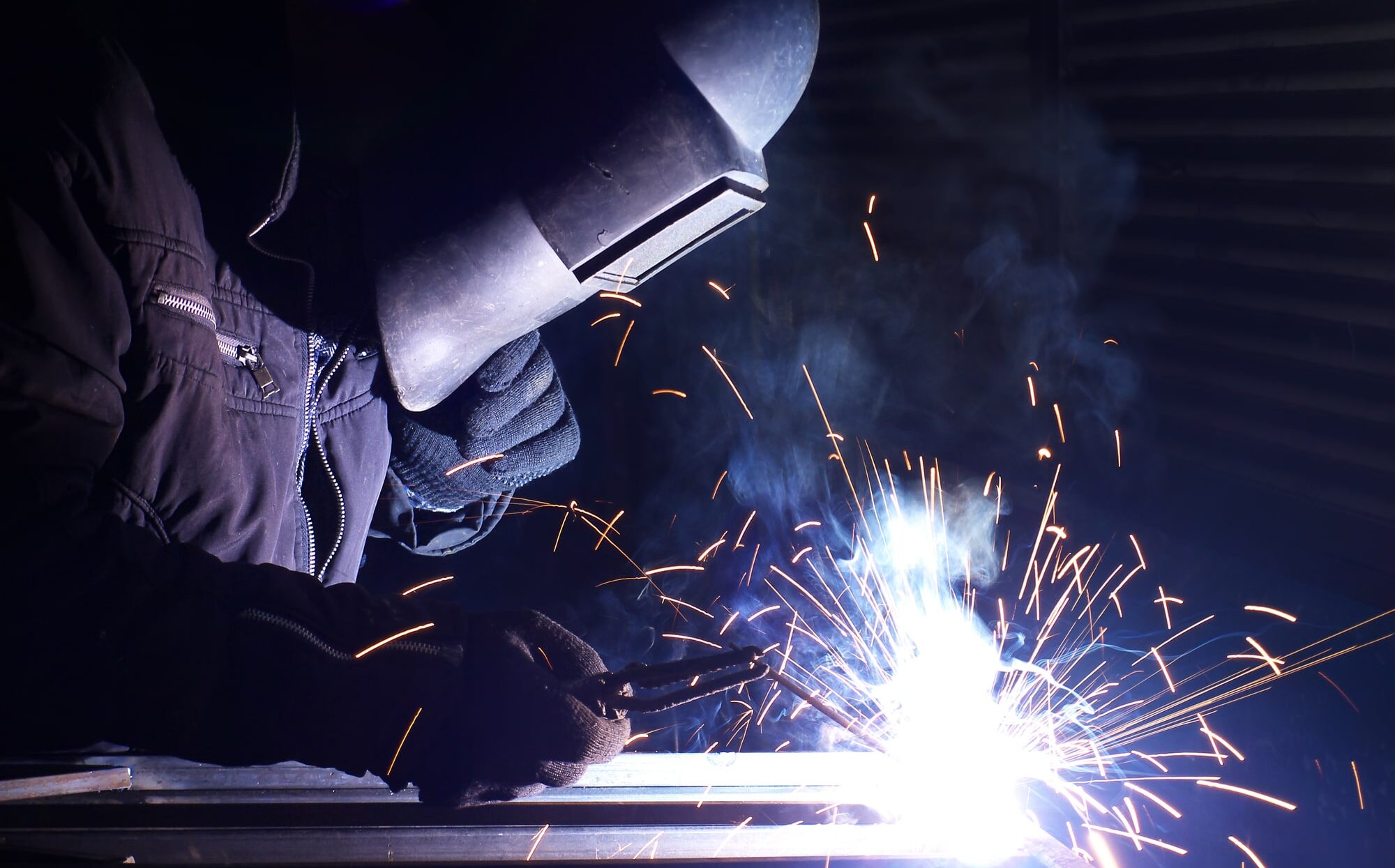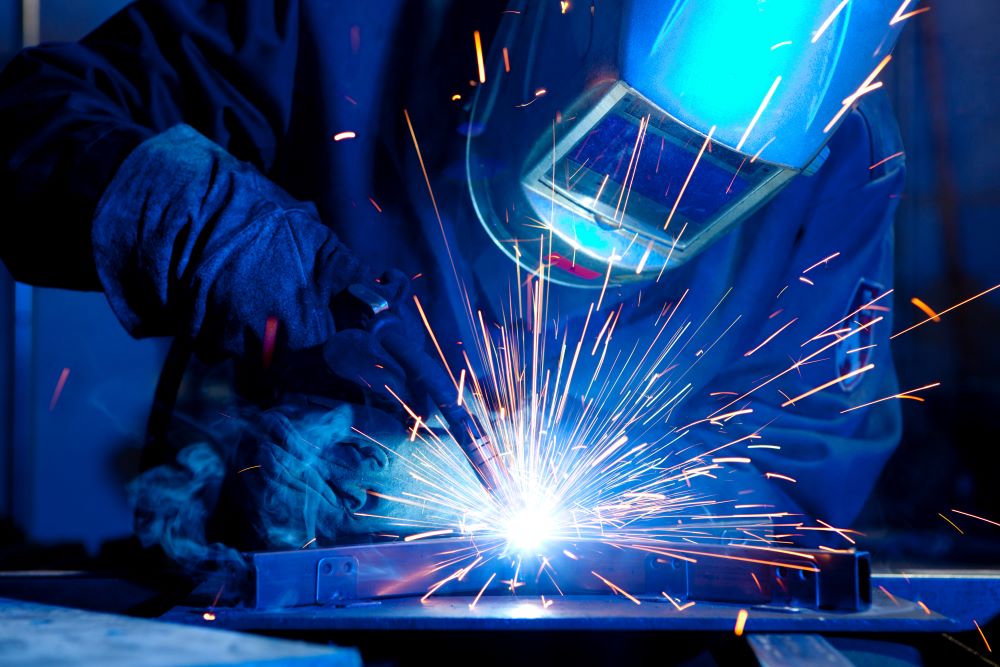Enhancing Your Welding WPS: Techniques for Improved Performance and Effectiveness
Enhancing Your Welding WPS: Techniques for Improved Performance and Effectiveness
Blog Article
The Ultimate Overview to Welding WPS Procedures: An Extensive Review for Welders
In the complex world of welding, Welding Procedure Specs (WPS) function as the backbone of ensuring quality, uniformity, and security in welding operations. Recognizing the nuances of creating, executing, and checking WPS procedures is important for welders wanting to raise their craft and meet sector criteria. As we explore the numerous parts of a WPS and check out the details of credentials and qualification, we will discover the essential function these treatments play in the realm of welding. Allow's begin on a trip to unravel the complexities and value of WPS treatments in welding practices.
Importance of WPS Procedures
Understanding the relevance of Welding Treatment Specifications (WPS) treatments is crucial for guaranteeing the quality and honesty of bonded frameworks. WPS treatments serve as a roadmap for welders, detailing the necessary steps, specifications, and products needed to attain a sound weld. By sticking to WPS standards, welders can make certain uniformity in their work, bring about structurally sound and trustworthy welds.
One of the main reasons that WPS treatments are essential is their function in preserving weld high quality and stability. Adhering to the defined welding parameters and strategies detailed in the WPS aids stop issues such as porosity, breaking, or incomplete blend, which can endanger the stamina and toughness of the weld. Additionally, WPS treatments are important for ensuring compliance with market standards and codes. By following established WPS standards, welders can show that their job meets the needed requirements for safety and quality, giving assurance to clients, examiners, and governing bodies. In significance, the significance of WPS treatments can not be overstated, as they are fundamental to achieving constant, top notch welds that fulfill market criteria and requirements.

Parts of a WPS
A Welding Treatment Requirements (WPS) normally comprises vital parts that detail the details demands for carrying out a weld, making certain uniformity and quality in the welding procedure. The key parts of a WPS consist of essential variables such as base metals, filler metals, preheat and interpass temperatures, welding processes, shielding gases, welding placements, and post-weld heat treatment demands.
Base metals refer to the materials being joined, while filler metals are used to load the gap in between the base steels throughout welding. The welding procedure outlines the certain strategy to be utilized, whether it's gas metal arc welding (GMAW), secured metal arc welding (SMAW), or another approach. Welding placements specify the orientations in which welding can be executed.

Credentials and Certification
Having actually developed the important components of a Welding Procedure Specification (WPS), the emphasis now moves towards the crucial aspects of credentials and certification in welding practices.

Accreditation, on the other hand, is the official recognition of a welder's qualifications by an appropriate certification body or organization. Welding certifications are typically based on the specific welding procedures, products, and positions a welder is certified to function with. Holding a valid welding accreditation shows that a welder satisfies sector requirements and is competent to do welding jobs to the required requirements.
Creating a WPS
To establish a Welding Procedure Requirements (WPS) that fulfills market criteria, cautious factor to consider of welding processes, products, and functional specifications is important (welding WPS). The initial step in creating a WPS is to determine the welding procedure to be used, such as gas metal arc welding (GMAW) or shielded metal arc welding (SMAW) When the welding procedure is determined, the following critical facet is selecting the proper products, taking into consideration factors like base steel type, thickness, and joint style. Operational criteria such as welding current, voltage, traveling speed, and protecting gas structure must also be thoroughly specified in the WPS.

Applying and Checking WPS
Upon finalizing the extensive Welding Treatment Specification (WPS) that thoroughly information welding processes, materials, functional criteria, and quality control procedures, the focus shifts to successfully applying and monitoring the recognized procedures. Execution entails guaranteeing that all welders involved in the here are the findings project know with the WPS and follow it diligently throughout the welding process. This needs supplying sufficient training and guidance to ensure adherence to the specified procedures. Keeping track of the WPS includes continual oversight to validate that welding tasks line up with the documented specs. Assessments, screening, and quality assurance measures are essential parts of the tracking process to identify any problems or inconsistencies without delay. Normal audits and testimonials of the welding treatments assist in keeping uniformity and top quality throughout the project. Effective application and tracking of the WPS are crucial for ensuring the honesty, strength, and safety and security of the welded joints, inevitably contributing to the general success of the welding see page job.
Verdict
In conclusion, understanding and adhering to Welding Procedure Specs (WPS) is crucial for welders to make certain high quality, consistency, and security in their job. By recognizing the parts of a WPS, obtaining proper qualifications and accreditations, developing thorough treatments, and applying and checking them successfully, welders can boost their skills and effectiveness in welding methods. Sticking to WPS procedures is vital for producing high-quality welds and conference market requirements.
In the detailed globe of welding, Welding Procedure Specs (WPS) offer as Check This Out the backbone of making certain top quality, uniformity, and safety in welding operations. The welding process outlines the particular method to be made use of, whether it's gas metal arc welding (GMAW), shielded steel arc welding (SMAW), or one more technique.To develop a Welding Treatment Specification (WPS) that fulfills market requirements, cautious consideration of welding processes, materials, and functional parameters is vital. The initial step in developing a WPS is to recognize the welding procedure to be made use of, such as gas metal arc welding (GMAW) or protected steel arc welding (SMAW)Upon completing the extensive Welding Procedure Requirements (WPS) that diligently details welding processes, materials, functional specifications, and quality assurance procedures, the focus shifts to efficiently executing and keeping track of the established procedures.
Report this page